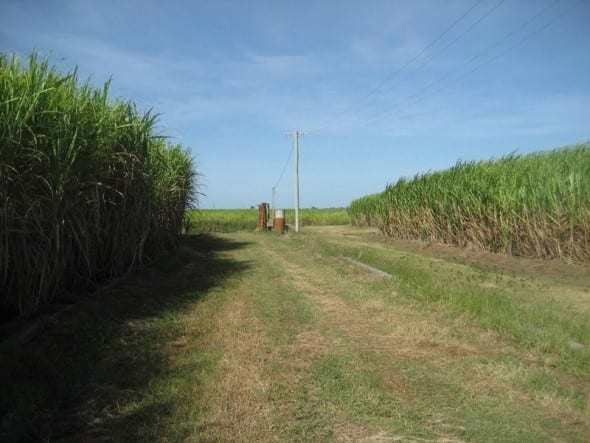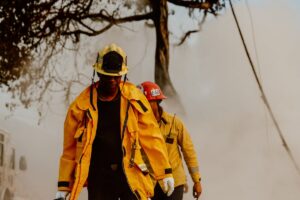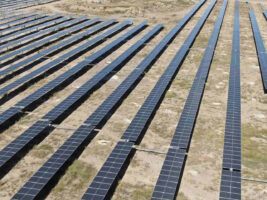The Australian arm of Spanish renewable energy developer FRV has revealed plans to build one of Australia’s biggest grid-connected solar PV farms in Queensland, south of Townsville, and sell the power it generates back to the grid.
Fotowatio Renewable Ventures (FRV) said the project of up to 150MW was planned for the cane farming community in Clare, and that the company was currently in discussions with the regions’s major electricity retailers, as the “natural customers” for the plant’s electricity.

After somewhat of a big solar drought in Queensland under the former Campbell government, Queensland’s new energy minister, Mark Bailey, last week confirmed his Labor government’s commitment to 50 per cent renewables target by 2030. It has also committed to an auction of 40MW of solar capacity, although with no timetable set.
On the sidelines of the Solar and Energy Storage 2015 conference in Melbourne, Bailey said the Palaszczuk government was determined to reach those targets, and was establishing a state-based Productivity Commission to provide a policy pathway to get there.
“Renewable energy has long since stopped being a fringe issue, now is the time for Queensland to make this happen,” Bailey said before a speech at the conference last Thursday.
FRV built the first large scale solar farm on the National Electricity Market, the 20MW Royalla project built under the ACT government’s reverse auction scheme. It is also building the 57MW Moree solar project, which will also have single axis tracking, which is funded by the Australian Renewable Energy Agency.
FRV’s Australian senior project developer, Killian Wentrup, told the Townsville Bulletin that a final decision on the size of the proposed Clare project would be made once a Power Purchase Agreement had been reached.
He said that the technology used for the PV plant would most likely be a horizontal single-axis tracking system.
The Spanish company, which would own the solar farm, has contracted to buy a 340 hectare lot adjacent to the Clare substation.
“There are at least 12 months of further development activities before a final decision can be made,” Wentrup said.
Wentrup also expressed some relief that the federal government and the opposition had finally come to an agreement on Australia’s renewable energy target.
“While it is disappointing that the target is being reduced to 33,000GWh, we are pleased that an agreement has been made,” he told the paper.
Last year, FRV’s Spanish CEO, Rafael Benjumea warned that the company’s pipeline of projects in Australia would be worthless and the company forced to abandon the country if the federal government implemented the recommendations of the RET Review panel.
“Investors in such a capital intensive industry as ours fear uncertainty and this review, unlike past reviews, has meant that Australia is far less attractive as an investment destination,” Benjumea told RE in an interview.
“We are surprised at the extreme views that have emerged within Australia in areas such as renewable energy and we hope that a sensible outcome will be found from the current review of the Target that will encourage continued deployment of renewable energy.”
He said that, with solar already cheaper than new coal generation, Australia could no longer rely on coal to deliver competitive electricity prices to Australian homes and businesses.










